
7 minute read
spotlight on Sister–Sister
SISTERTOSISTER CALLS FOR RESEARCH AND MENTORSHIP
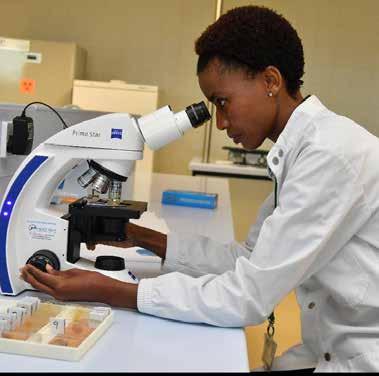
Advertisement
FUNDING By: Keletso Thobega
Anumber of research articles published in Botswana have explored the disparities in gender in Science, Technology, Engineering and Mathematics (STEM). It is found that women and girls often fall behind in STEM. While education research shows that girls tend to excel in their academics, particularly STEM in school, many of them struggle to find their feet at postgraduate level at tertiary institutions.
It against this backdrop that medical laboratory scientist Monkgomotsi Maseng established the Sister-to-Sister initiative with the intention to improve outreach programmes and ensure that women and girls excel in STEM.
Maseng is a medical laboratory scientist currently working with the School of Allied Health Profession, Faculty of Health Sciences, University of Botswana, Gaborone. She is also a research fellow with Botswana Harvard AIDS Partnership Institute and holds a Bachelor of Applied Science degree in Laboratory Medicine from RMIT University, Melbourne, Australia (2009). And a Diploma in Medical Laboratory Technology from Institute of Health Sciences, Gaborone (2000).
“I majored in Medical Microbiology, Medical Genetics & Diagnostics and Clinical Immunology & Transplantation, and started working as a medical laboratory technician from 2000 to 2004 at KSDA Hospital and Diagnofirm Medical laboratories."
"I then joined academia in 2005 at Molepolole Institute of Health Sciences as an assistant microbiology lecturer to nursing students and was upgraded to the position of lecturer in 2010,” says Masenga, who later joined the University of Botswana Clinic in 2014. In 2016 she moved to focused more on the academic side of her work.
Maseng realises that stereotypes and disparities around gender and science can be frustrating and demoralising when you grow up in a small diamond town of Orapa in Botswana.
Having done her primary schooling in Orapa she moved to Letlhakane Senior Secondary School. In a sense, she grew up like many other children in our communities but was able to zone into her interests and excel.
Maseng established the Sister-to-Sister initiative, which she explains as follows: “The mandate of Sister-Sister is to mentor and support women in STEM and aspiring female students at elementary, middle, high and tertiary schools. Sister-Sister aims to build strong-minded, passionate and confident female scientists and aspiring ones by breaking barriers and stereotypes surrounding females in the Sciences in Botswana. Our aim is to visit schools at primary and secondary schools to promote science and encourage especially females to pursue science and maths subjects!”
Sister-Sister was established in 2020 and its objectives include mentoring and supporting women in STEM, as well as aspiring female students in middle, high and tertiary schools. Maseng said the initiative was also a response to the Sub-Saharan African Network for TB/ HIV Excellence (SANTHE) call on Gender Equity Diversity and Inclusion Awards and also the SANTHE Super-scientists initiative that tackles gender narratives in science.
Maseng said investments in STEM education and mentorship is a great step towards breaking barriers around STEM and demystifying the notion that STEM subjects are difficult.
“Educators need to be supported with resources, funding and investment in their professional development so that they are able to inspire students and produce quality work. STEM brings concepts coupled with real life lessons with applications in context that connect schools, work, community and the global enterprise and the ability to compete in the new economy.”
Maseng said gender equity is close to her heart and it goes without saying that it forms part of the mandate of Sister-to-sister.
“The bottom-up system hampers females in STEM from making their way to senior positions. There is a ‘leak’ in the STEM pipe that chokes female scientists. This ‘leaky-pipe’ may be attributed to gender-specific biases and stereotypes that create a confidence gap between men
and women,” Maseng said.
Maseng noted there is lack of funding, attractive remunerations, recognition and collaboration in the country. She also noted that there is lack of research collaboration across STEM disciplines, weakening skill development and robbing the country of valuable benefits it could gain.
“Currently, we depend a lot on research findings done outside the country. “We need to start investing in research and form research networks to develop new products geared towards the social and economic growth of the country.”
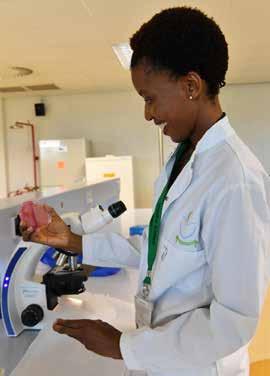
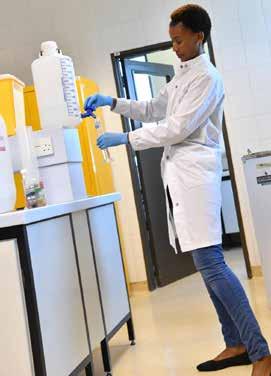
Maseng and her team are currently working on creating a website and already have a Facebook page
called Sister Sister – Advocating for Women in Science.
Check it out, follow and take part!
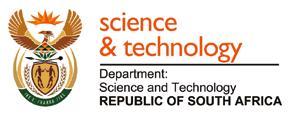
Living with Space Weather
What is space weather?
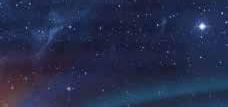
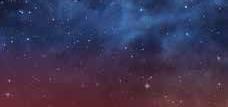
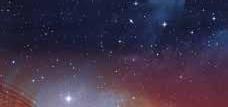
There is no greater in uence on the Earth and its space environment than that of our local star, the Sun. Did you know, just like Earth, space has weather too? Snowstorms and thunderstorms occur on Earth while in space they are known as “solar storms” and like their counterparts on Earth they too may cause problems for us humans, especially because we are so dependent on satellite technology.
Can space weather a ect life on Earth?
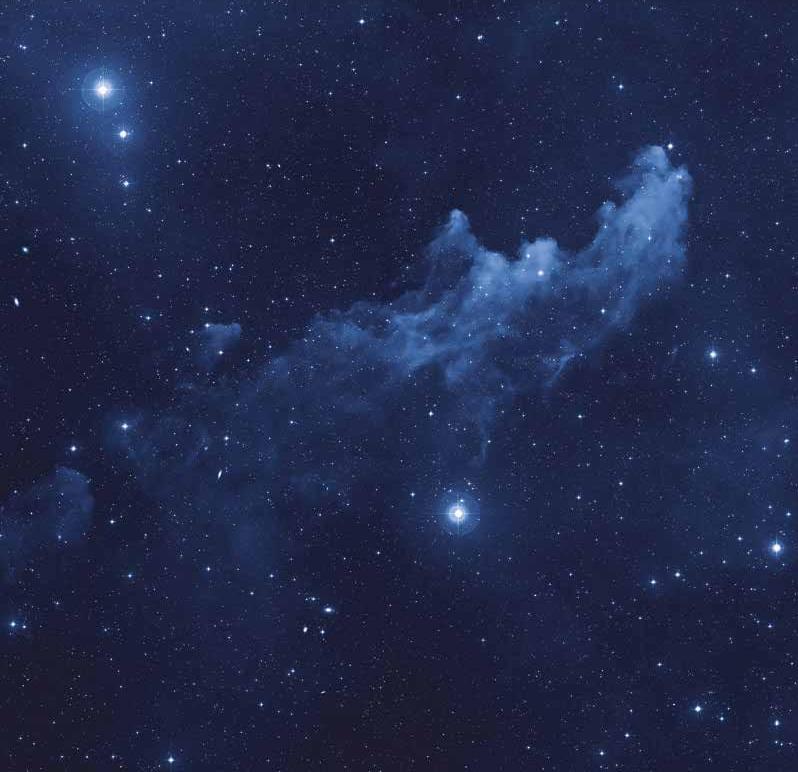
Although space weather can pose a health risk for astronauts in space, it will not harm humans and other life forms on Earth as we are protected by the Earth’s magnetic eld. However, space weather can cause a geomagnetic storm, which can result in disturbances to technological systems such as GPS, radio communications, internet, cell phones, DStv and our electrical power grids.


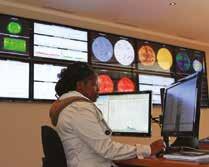

How do you monitor events on the Sun?


The South Africa National Space Agency (SANSA) is host to the only Space Weather Centre in Africa which provides an important service to the nation by monitoring the Sun and its activity. SANSA space weather forecasters utilise a variety of ground and space-based sensors and imaging systems to view activity at various depths in the solar atmosphere. With this information the Centre is able to form a picture of the environment from the Sun to the Earth providing forecasts and alerts to anyone a ected by space weather. Space weather is caused by four main components: solar ares, coronal mass ejections, high speed solar wind and solar energetic particles and refers to the e ects that the Sun has on the Earth and the planets of the solar system.

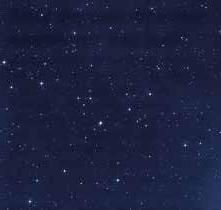
Solar fl ares
The Sun is a huge ball of boiling gas with loop-like structures on the solar surface. When one of these loops becomes unstable, it breaks o from the Sun and creates a solar are.
FACT
The biggest fl ares can be hundreds of times the size of the Earth.
Approximate size of the Earth
What is a Satellite?
A satellite is a moon, planet or machine that orbits a planet or star. Earth and the moon are examples of natural satellites. Usually, the word “satellite” refers to a machine that is launched into space and moves around Earth or another body in space.

FACT

Satellites are used for communications, such as beaming TV signals and phone calls around the world. Coronal mass ejections
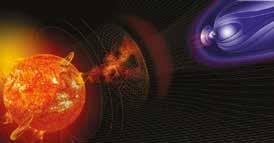
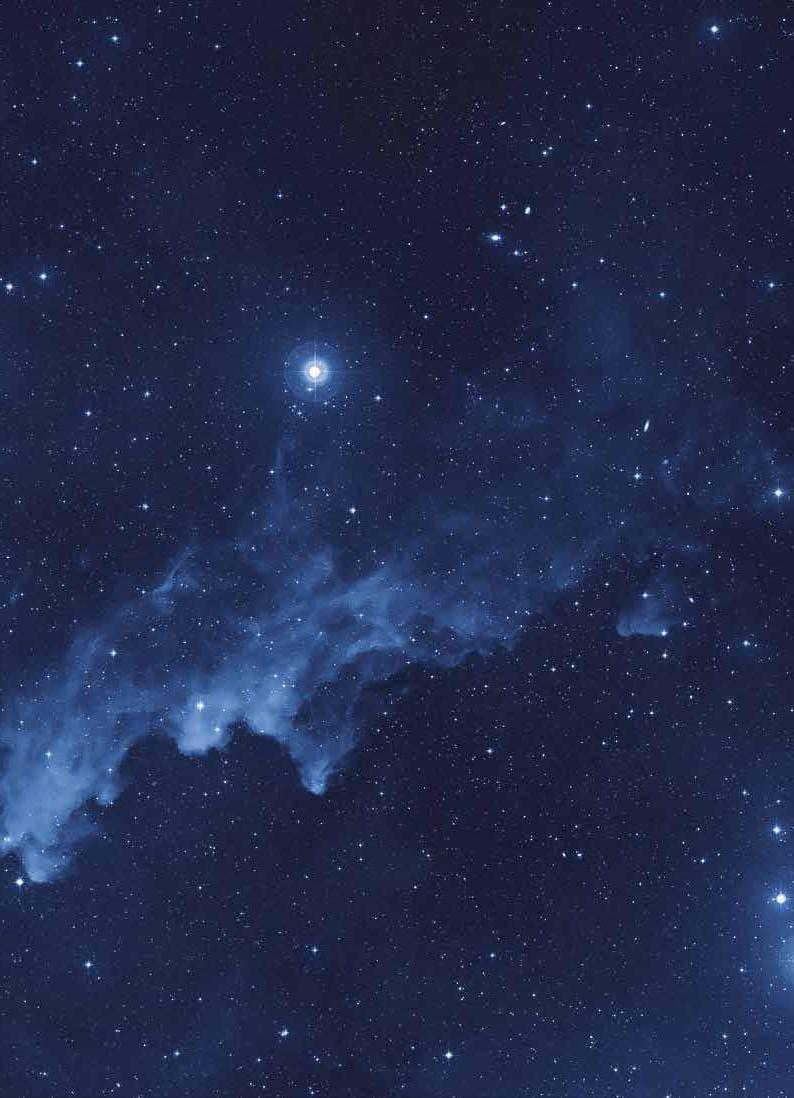
A coronal mass ejection (CME) is a massive cloud of hydrogen ions which erupt from the surface of the Sun when stored energy is suddenly released. The impact of a CME causes a disturbance to the Earth’s magnetic eld and can interrupt communication and navigation systems.
FACT
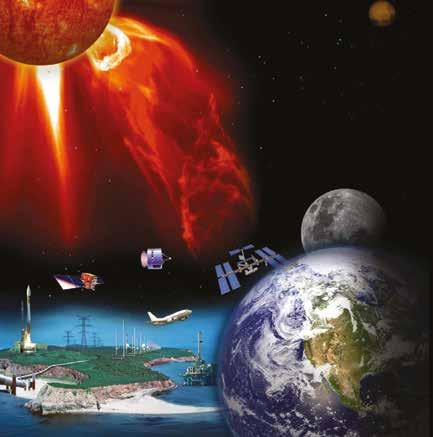
CME’s travel at supersonic speeds of up to 2 000 km per second. That speed would get you from Johannesburg to Cape Town in less than one second.
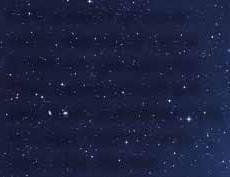
For more info on SANSA

See our website: www.sansa.org.za South African National Space Agency | @sansa7 Tel: 028 312-1196 | Fax: 028 312-2039 | E-mail: spacesci-info@sansa.org.za











